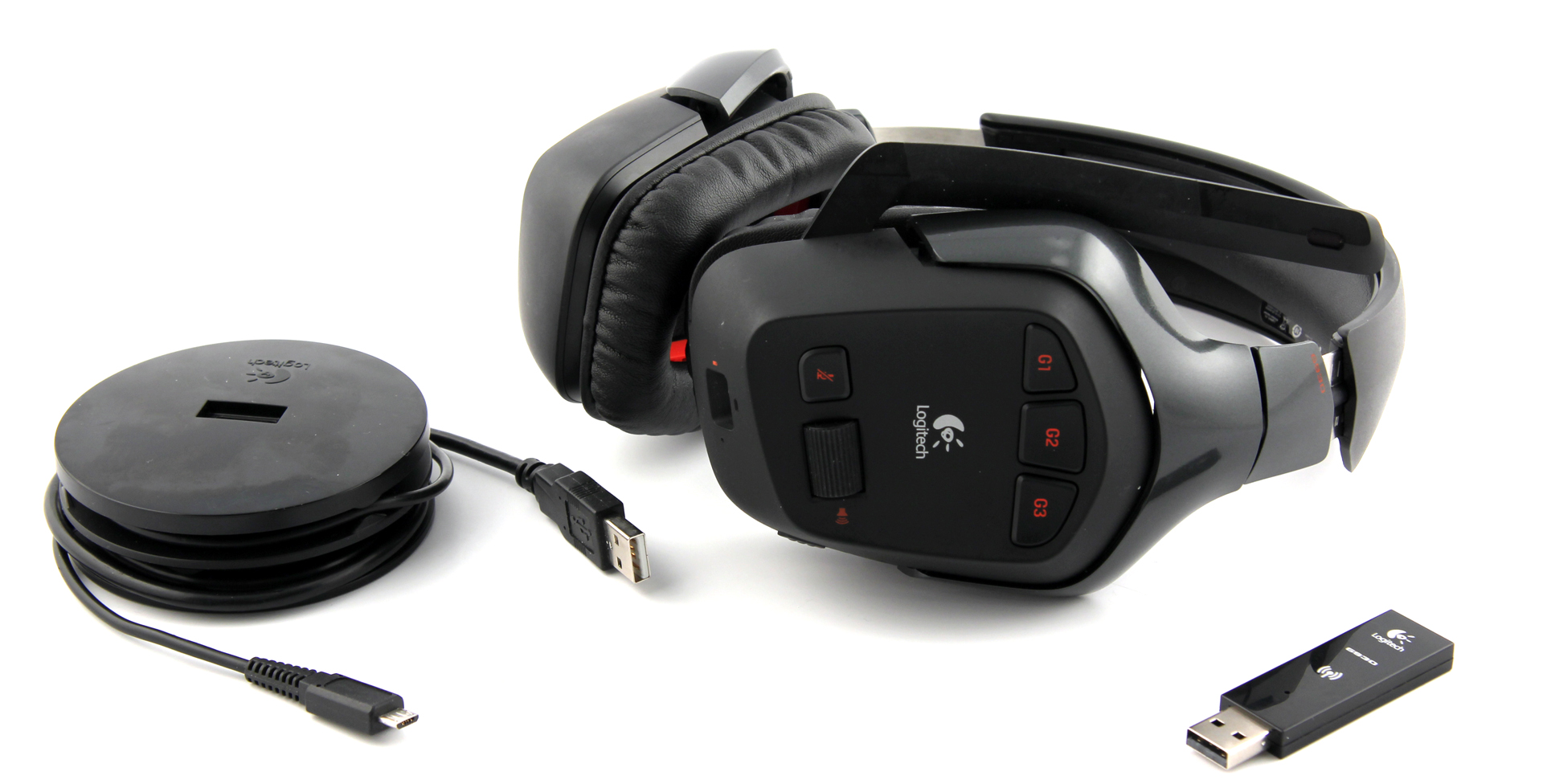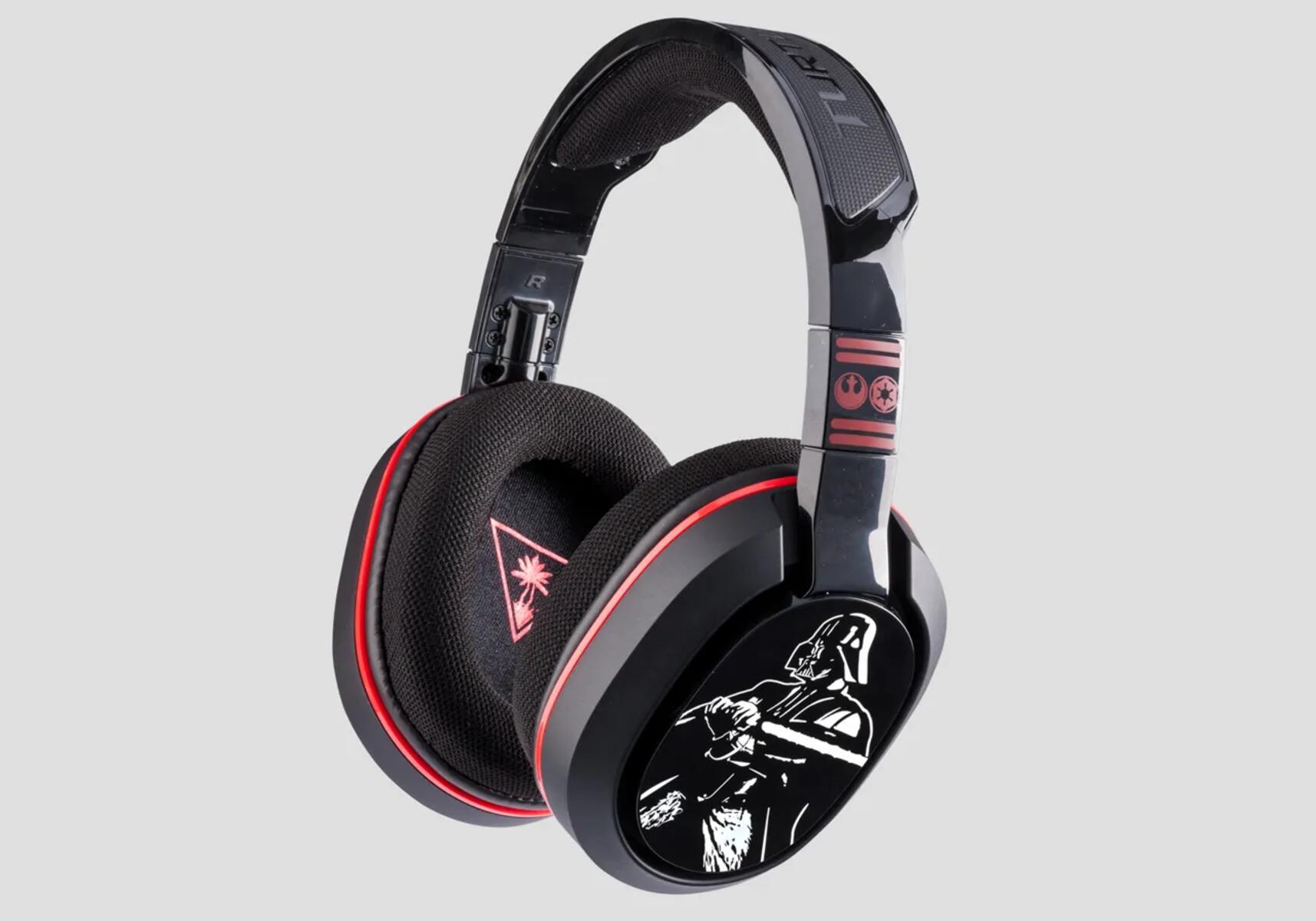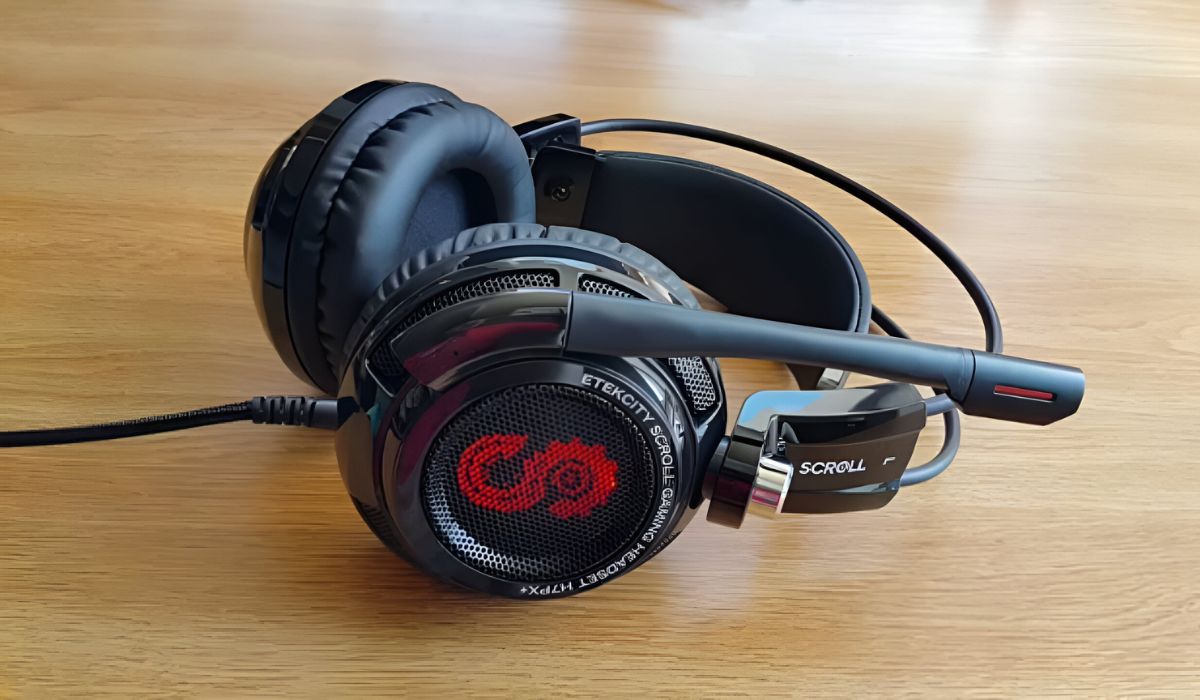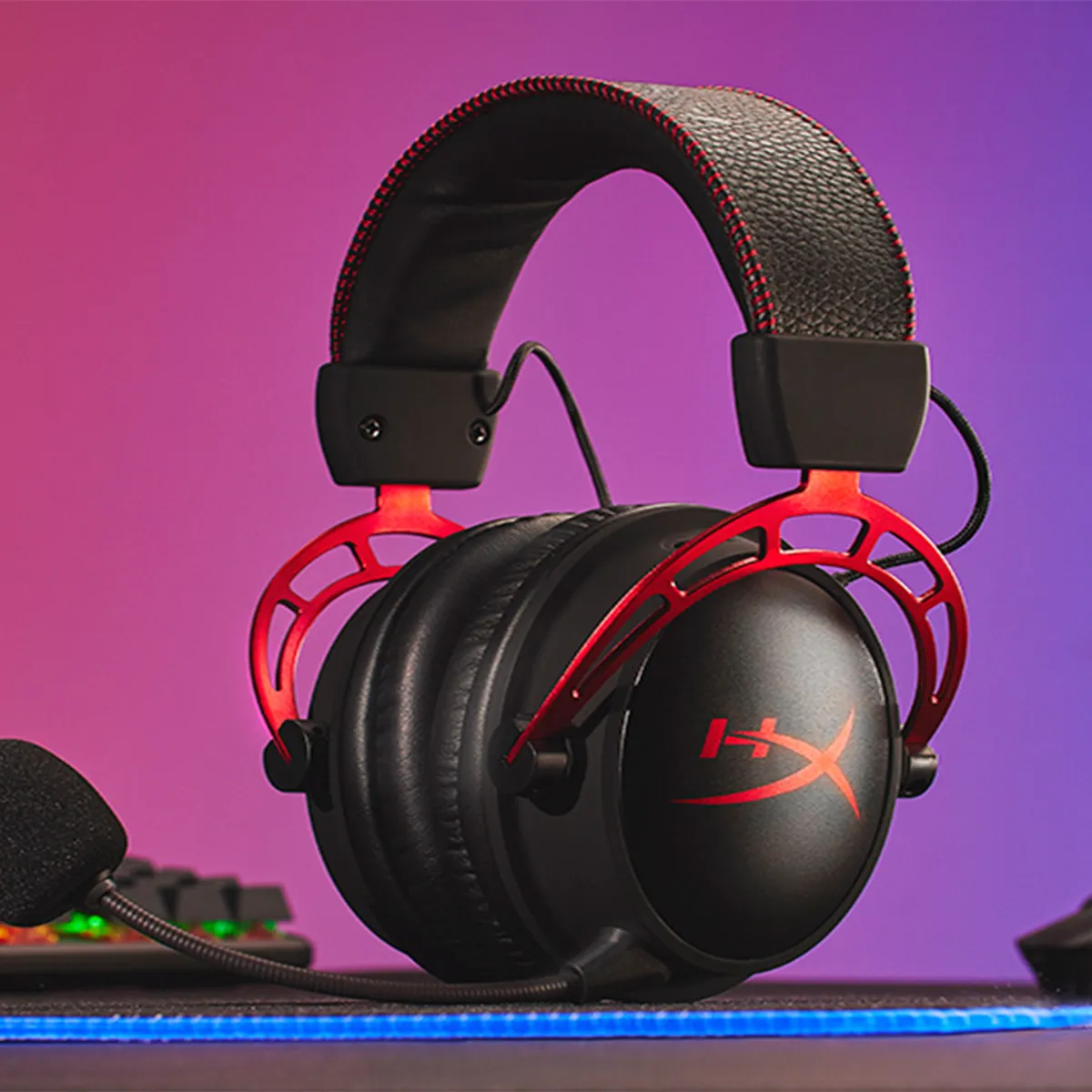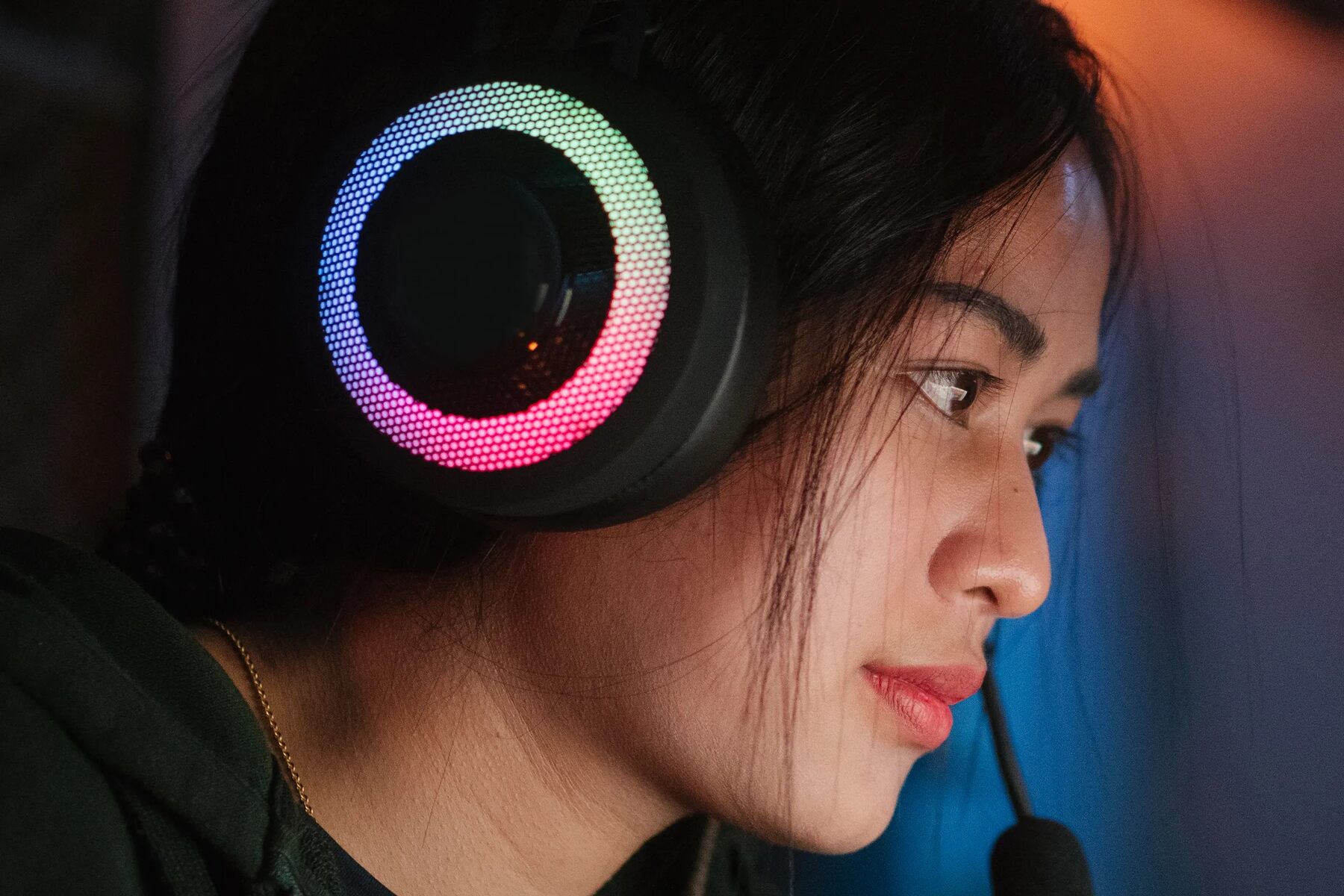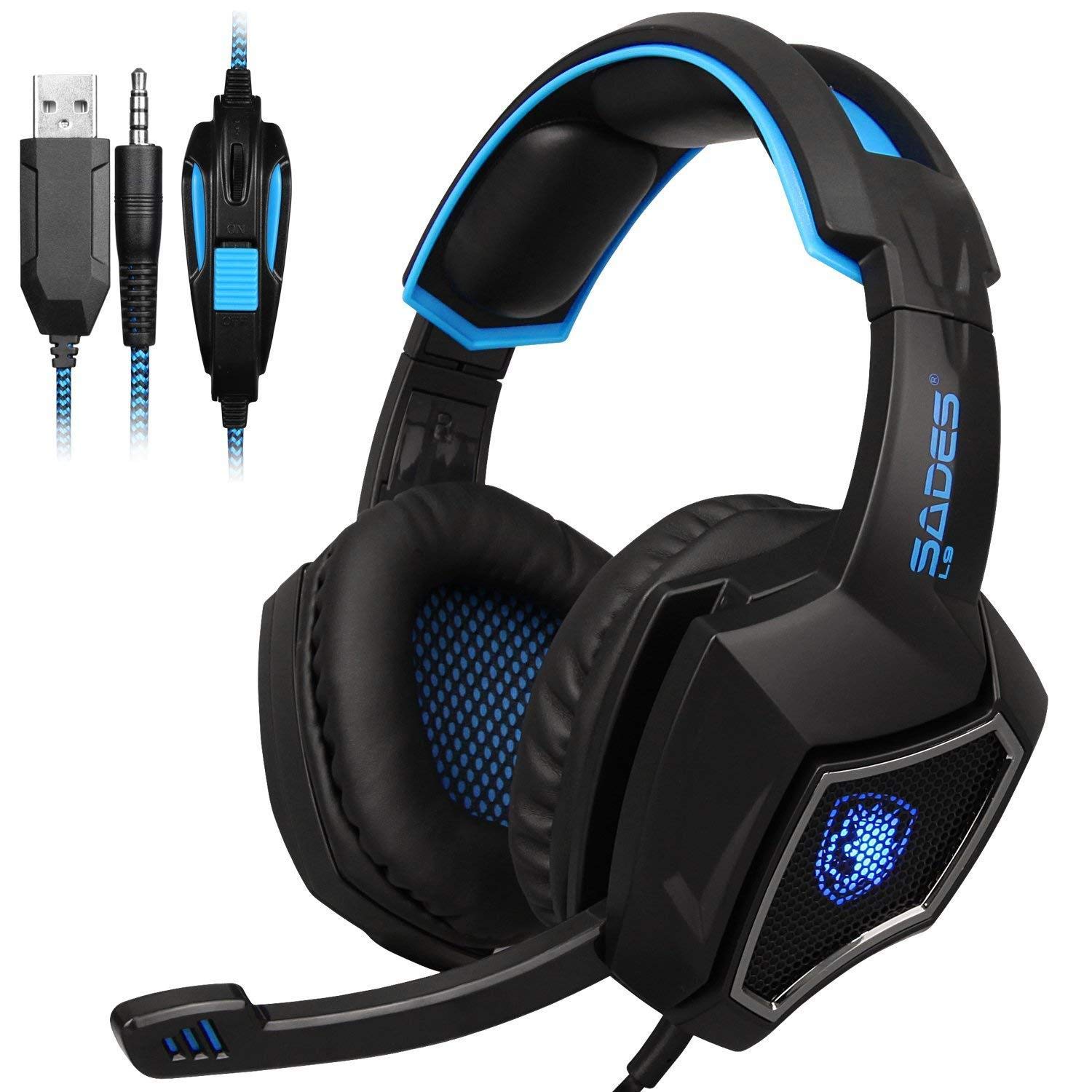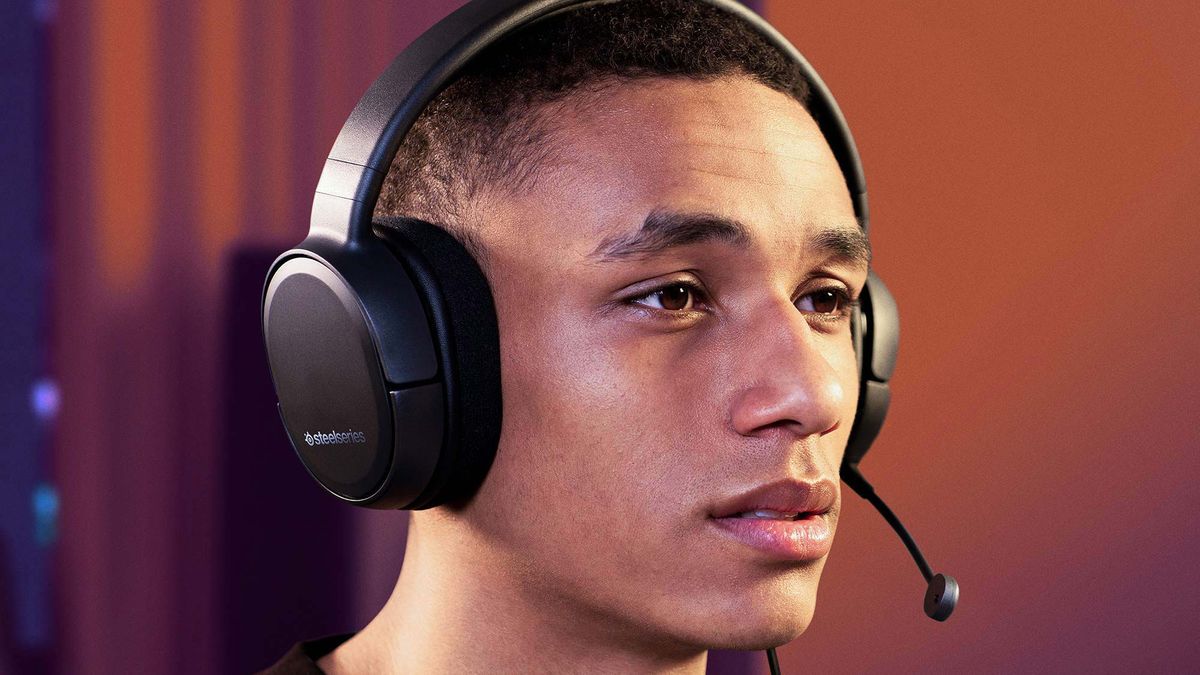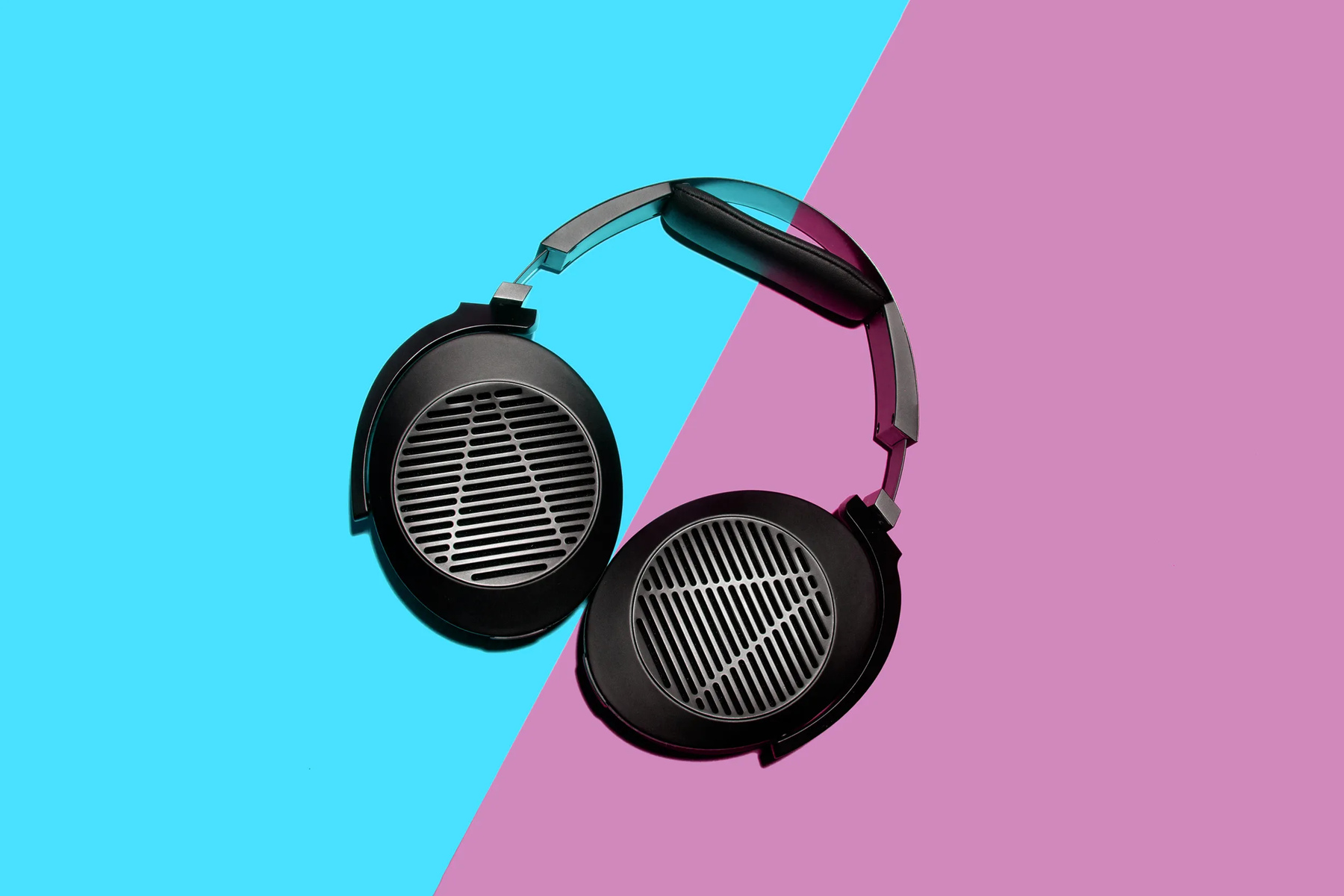Introduction
Choosing the perfect gaming headset and setting it up properly can significantly enhance your gaming experience. The right headset not only provides immersive audio but also allows for effective communication with teammates. Whether you're a seasoned gamer or just starting out, understanding how to set up your gaming headset for optimal sound is crucial.
In this guide, we'll delve into the essential steps for properly configuring your gaming headset. From selecting the ideal headset for your needs to adjusting sound settings and positioning the microphone, we'll cover everything you need to know to ensure an immersive and seamless gaming experience.
A well-configured gaming headset can make a world of difference in how you perceive the game environment and interact with other players. By the end of this guide, you'll have the knowledge and confidence to set up your gaming headset like a pro, allowing you to fully immerse yourself in the virtual world while staying connected with your gaming companions.
Let's dive into the intricacies of selecting the right gaming headset and optimizing its settings to elevate your gaming encounters to a whole new level. With the proper setup, you'll be well-equipped to communicate effectively, detect in-game audio cues with precision, and enjoy an immersive gaming experience like never before.
Choosing the Right Gaming Headset
When it comes to selecting a gaming headset, several factors should influence your decision, including sound quality, comfort, microphone clarity, and compatibility with your gaming platform. The first step in setting up an exceptional gaming audio experience is choosing a headset that meets your specific requirements.
1. Sound Quality: Opt for a headset that offers high-fidelity sound reproduction, encompassing crisp highs, rich mids, and deep, immersive bass. This ensures that you can fully appreciate the audio details in your games, from subtle environmental sounds to explosive in-game effects.
2. Comfort: Since gaming sessions can be lengthy, comfort is paramount. Look for a headset with plush ear cushions, an adjustable headband, and a lightweight design to minimize fatigue during extended use.
3. Microphone Clarity: Clear communication is essential during multiplayer gaming. Ensure the headset’s microphone provides noise cancellation and clear voice transmission, allowing for effective in-game coordination and seamless conversations with fellow gamers.
4. Compatibility: Verify that the headset is compatible with your gaming platform, whether it’s PC, console, or mobile devices. Additionally, check for any specific features tailored to your preferred gaming system.
5. Wired vs. Wireless: Consider whether you prefer the freedom of a wireless headset or the reliability of a wired connection. Wireless headsets offer freedom of movement, while wired options ensure consistent audio quality without the need for recharging.
By carefully considering these factors, you can select a gaming headset that aligns with your preferences and gaming habits. Once you’ve chosen the perfect headset, the next step is to optimize its sound settings to suit your individual preferences and gaming environment.
Adjusting Sound Settings on Your Device
After acquiring the ideal gaming headset, the next crucial step is to fine-tune the sound settings on your gaming device to ensure an immersive and personalized audio experience. Whether you’re using a PC, gaming console, or mobile device, adjusting the sound settings can significantly impact the way you perceive in-game audio cues and overall sound quality.
1. Equalizer Settings: Many devices offer customizable equalizer settings that allow you to adjust the audio frequencies to your preference. Experiment with different presets or manually adjust the equalizer to enhance the clarity of footsteps, gunfire, and environmental sounds based on the games you play.
2. Spatial Sound: Some gaming platforms support spatial sound technologies, such as Windows Sonic or Dolby Atmos for headphones, which provide a more immersive audio experience by simulating 3D spatial audio. Enable these features to gain a competitive edge by accurately pinpointing the direction of in-game sounds.
3. Volume and Balance: Ensure that the volume levels are comfortable and balanced between the left and right channels. Proper volume management is essential for preventing ear fatigue during extended gaming sessions and maintaining an accurate audio representation.
4. Communication Settings: If you engage in multiplayer gaming, adjust the communication settings to prioritize in-game voice chat and minimize background noise. This ensures that your communication with teammates remains clear and uninterrupted, fostering effective teamwork and coordination.
5. Software Customization: Some gaming peripherals come with dedicated software that allows for advanced sound customization. Explore the software settings to fine-tune the headset’s audio properties, including mic sensitivity, sidetone levels, and immersive sound enhancements.
By meticulously adjusting the sound settings on your gaming device, you can tailor the audio output to suit your preferences and gaming environment. These personalized configurations not only enhance your immersion in the game but also provide a competitive advantage by improving your ability to detect crucial in-game audio cues.
Positioning the Microphone
Proper positioning of the microphone is essential for clear and effective communication during gaming sessions. Whether you’re engaging in intense multiplayer battles or collaborating with teammates in cooperative gameplay, ensuring that your microphone is optimally positioned can significantly enhance the clarity of your voice transmission. Here are some key considerations for positioning your gaming headset’s microphone:
- Optimal Distance: Position the microphone at an optimal distance from your mouth to ensure clear voice capture without distortion or background noise interference. Typically, maintaining a distance of about one to two inches from your mouth strikes a balance between capturing your voice accurately and minimizing breathing and ambient noise.
- Microphone Direction: Align the microphone in the direction of your mouth to maximize voice pickup and minimize extraneous sounds. Adjust the microphone’s angle to capture your voice effectively while reducing the pickup of keyboard clicks, mouse movements, or other ambient noises.
- Windscreen Usage: If your gaming headset includes a removable windscreen or pop filter, utilize it to reduce plosive sounds and minimize the impact of breath noises on the microphone. The windscreen helps maintain consistent audio quality by attenuating harsh consonant sounds and preventing airflow disruptions.
- Microphone Sensitivity: Check the microphone sensitivity settings on your gaming device or headset software. Fine-tune the sensitivity to capture your voice clearly while minimizing background noise pickup, ensuring that your communication remains focused and uninterrupted during gameplay.
By paying attention to these microphone positioning considerations, you can optimize the clarity and intelligibility of your voice transmission, fostering seamless communication with your gaming peers and ensuring that your voice commands and tactical callouts are conveyed accurately.
Testing and Adjusting Sound Quality
Once you’ve set up your gaming headset and adjusted the sound settings, it’s essential to conduct thorough sound quality testing to ensure that the audio output meets your expectations. Testing and fine-tuning the sound quality not only enhances your overall gaming experience but also allows you to detect and address any potential issues that may impact audio immersion and communication clarity. Here’s how you can effectively test and adjust the sound quality of your gaming headset:
- Audio Playback: Play a variety of games that encompass different audio elements, including ambient sounds, dialogue, and in-game effects. Pay attention to the clarity and balance of the audio, ensuring that each sound component is distinct and well-represented in the overall mix.
- Environmental Sound Perception: Engage in gameplay scenarios that involve environmental audio cues, such as footsteps, distant gunfire, or environmental effects. Assess your ability to accurately perceive the direction and distance of these sounds, which is crucial for situational awareness and competitive gameplay.
- Microphone Test: Utilize in-game voice chat or dedicated microphone testing software to assess the clarity and intelligibility of your voice transmission. Confirm that your voice is captured accurately without distortion or background noise interference, allowing for effective communication with teammates.
- Equalizer Adjustments: Fine-tune the equalizer settings based on the specific audio characteristics of the games you play. Experiment with different presets or manually adjust the equalizer to emphasize critical audio cues, such as footsteps or gunfire, while maintaining a balanced and immersive audio experience.
- Comfort Assessment: Evaluate the comfort level of your gaming headset during extended gaming sessions. Ensure that the headset remains comfortable and lightweight, with minimal pressure points and heat buildup, to support prolonged gaming without discomfort.
By systematically testing and adjusting the sound quality of your gaming headset, you can optimize the audio experience to align with your preferences and gaming requirements. This iterative process allows you to fine-tune the audio output, microphone performance, and overall comfort, ensuring that your gaming headset enhances your immersion and communication capabilities while providing a competitive edge in gameplay.
Conclusion
Mastering the art of setting up a gaming headset is pivotal for creating an immersive and captivating gaming experience. By carefully selecting the right gaming headset, adjusting sound settings, positioning the microphone, and fine-tuning sound quality, you can elevate your gaming encounters to new heights of audio excellence and communication clarity.
Choosing the perfect gaming headset involves considering factors such as sound quality, comfort, microphone clarity, compatibility, and the choice between wired and wireless options. By prioritizing these aspects, you can ensure that your gaming headset aligns with your preferences and enhances your gaming immersion.
Adapting the sound settings on your gaming device to suit your gaming environment and preferences is crucial for optimizing the audio output. Customizing equalizer settings, enabling spatial sound technologies, and fine-tuning communication settings contribute to a personalized and competitive audio experience.
Properly positioning the microphone ensures clear and effective voice transmission during gameplay. By maintaining an optimal distance, aligning the microphone direction, and utilizing a windscreen, you can enhance the clarity of your communication with gaming peers and minimize background noise interference.
Thoroughly testing and adjusting the sound quality of your gaming headset allows you to fine-tune the audio output, environmental sound perception, microphone performance, and overall comfort. This iterative process ensures that your gaming headset meets your expectations and provides a competitive advantage in gameplay scenarios.
With the knowledge and insights gained from this guide, you are now equipped to set up your gaming headset with confidence and precision, immersing yourself in the rich audio landscapes of your favorite games while seamlessly communicating with fellow gamers. Embrace the potential of your gaming headset to transform your gaming experiences into captivating adventures filled with immersive audio and effective communication.









